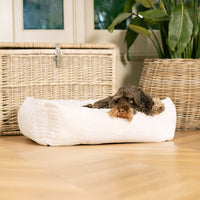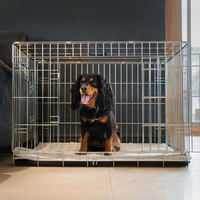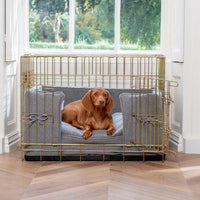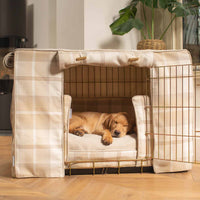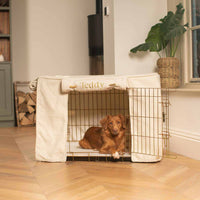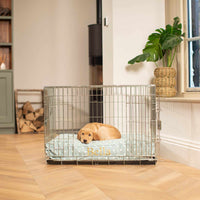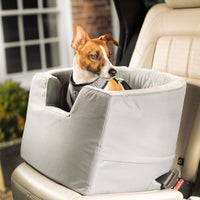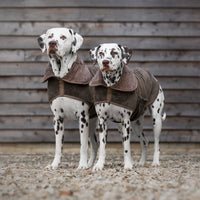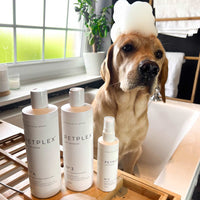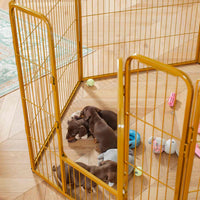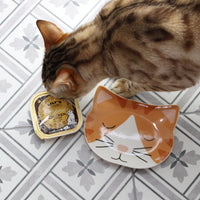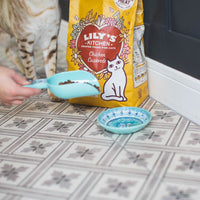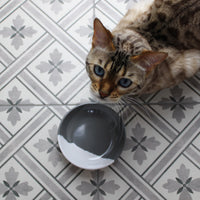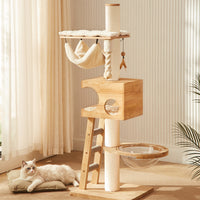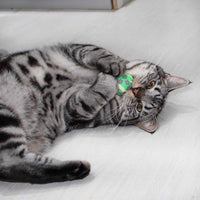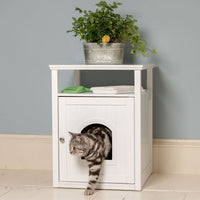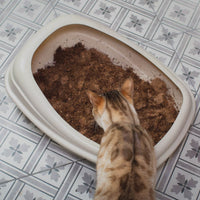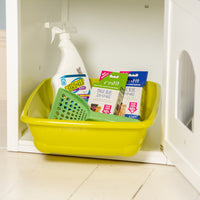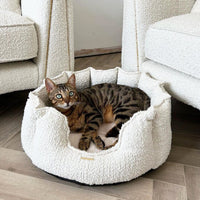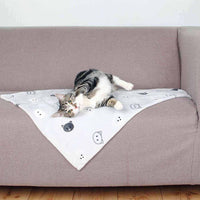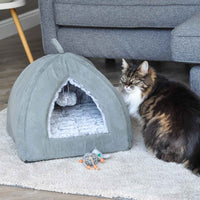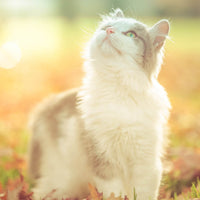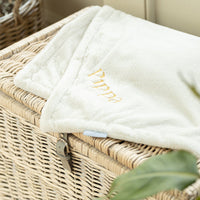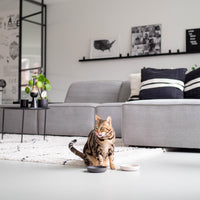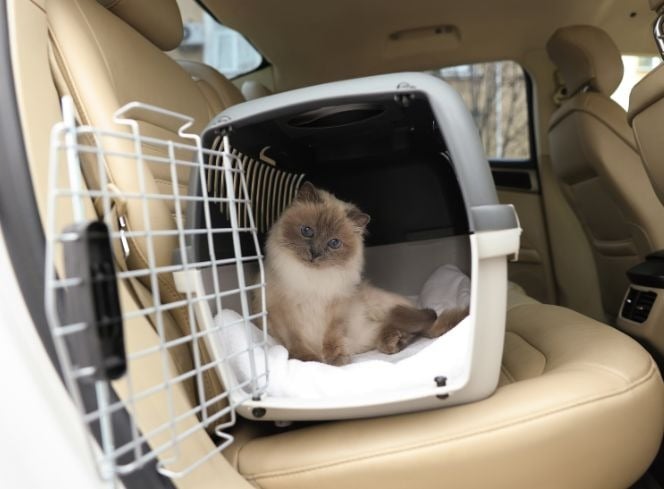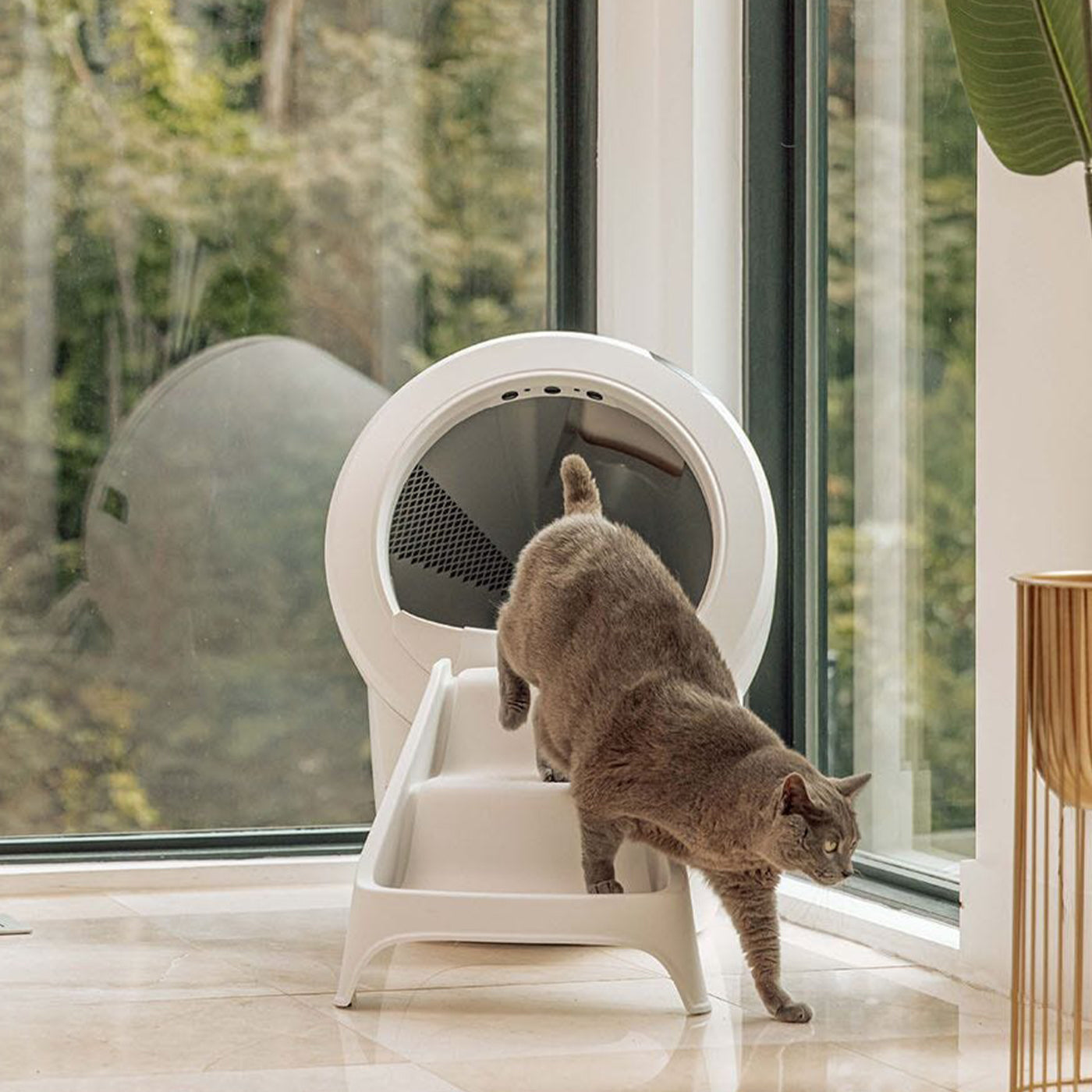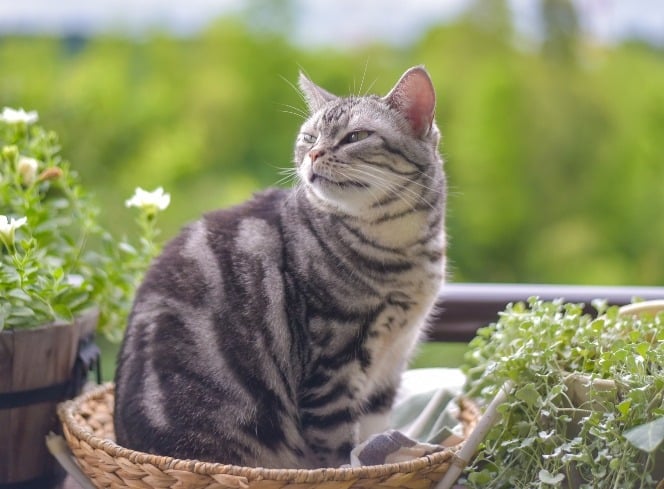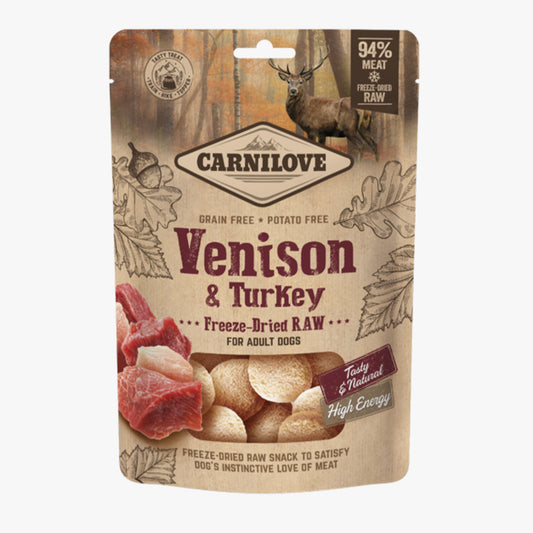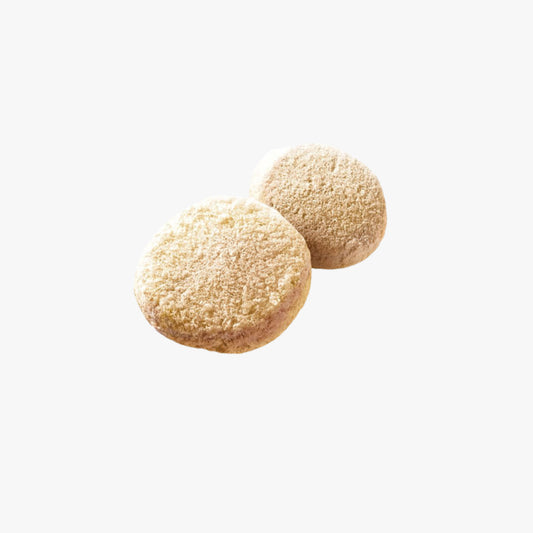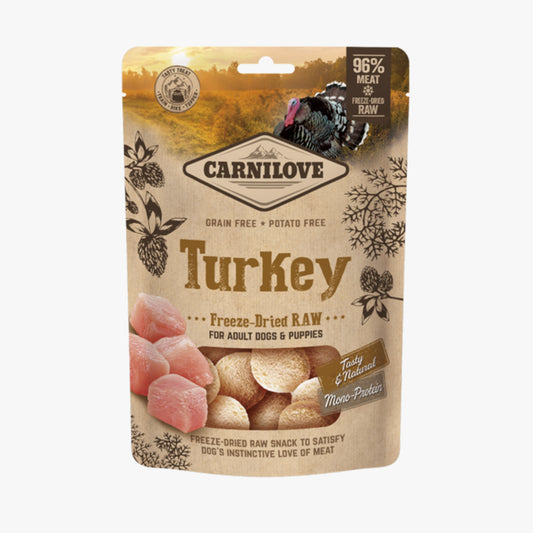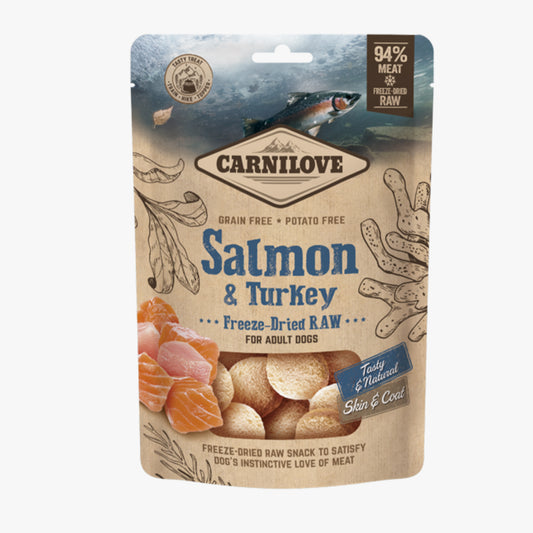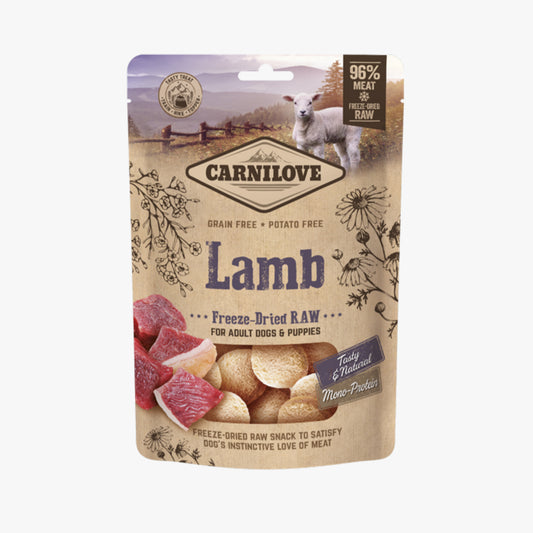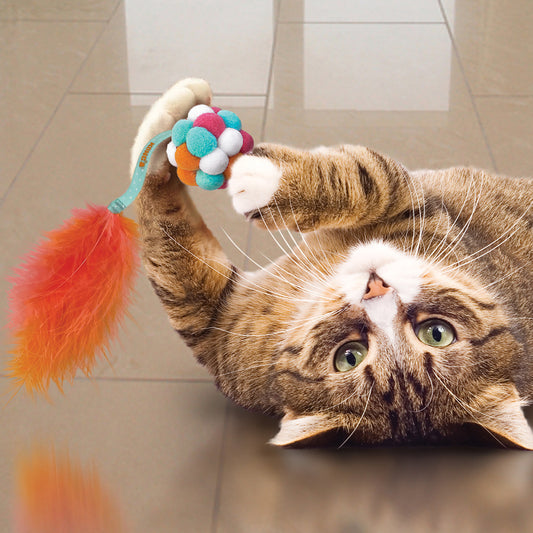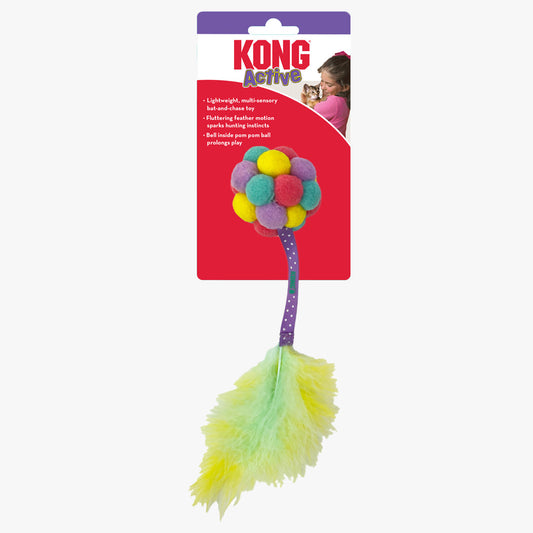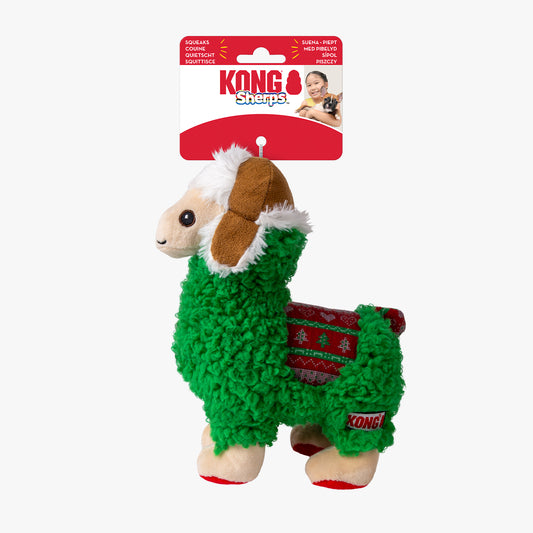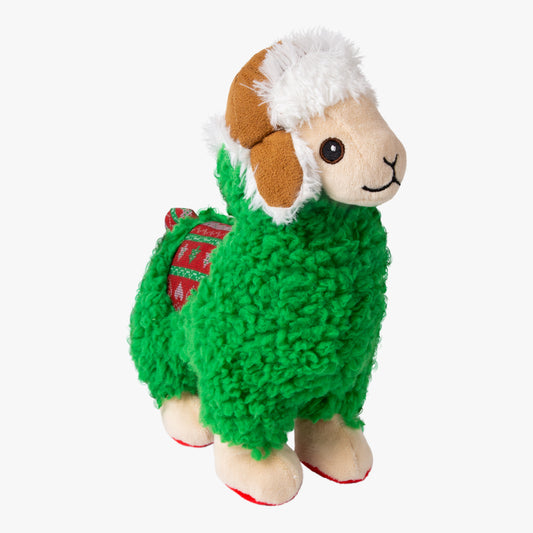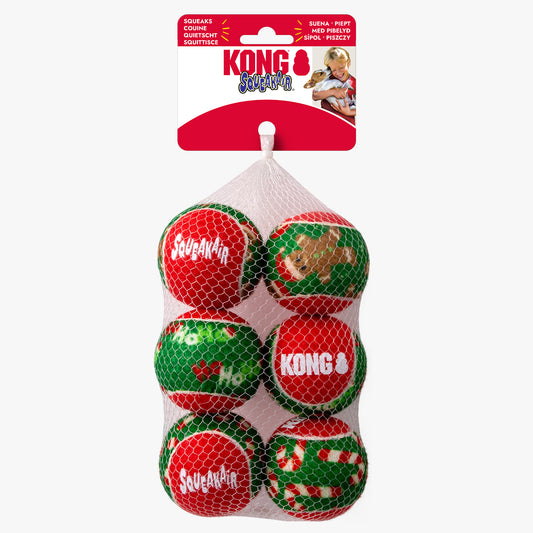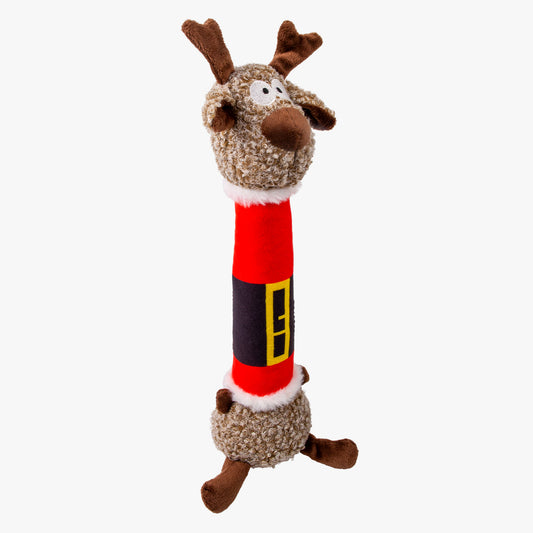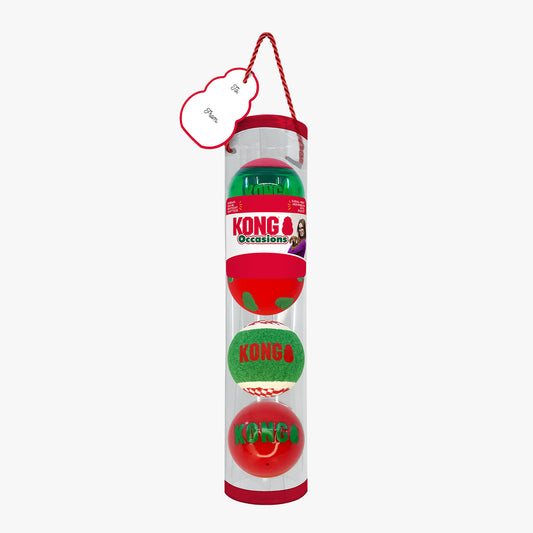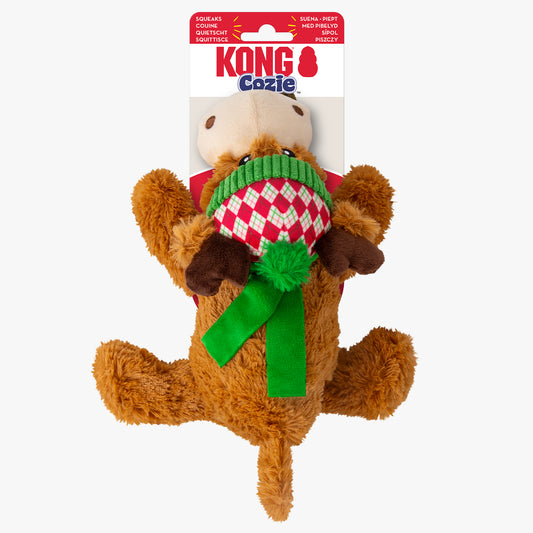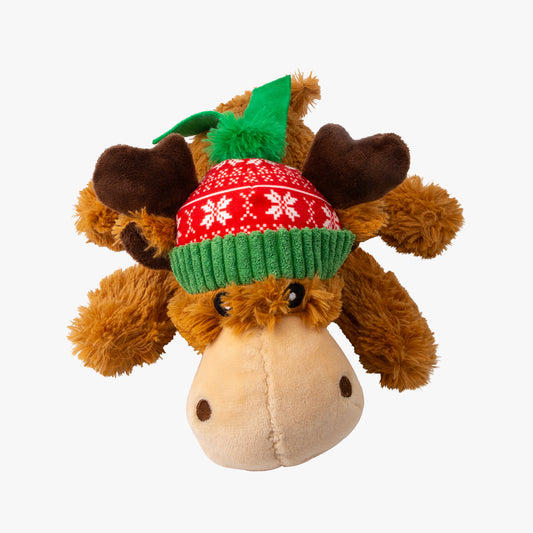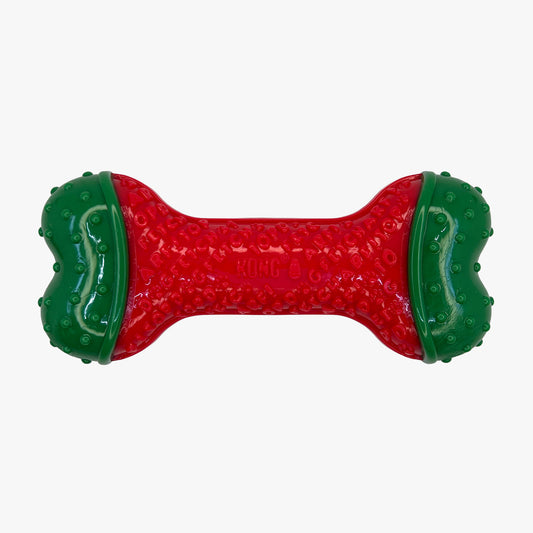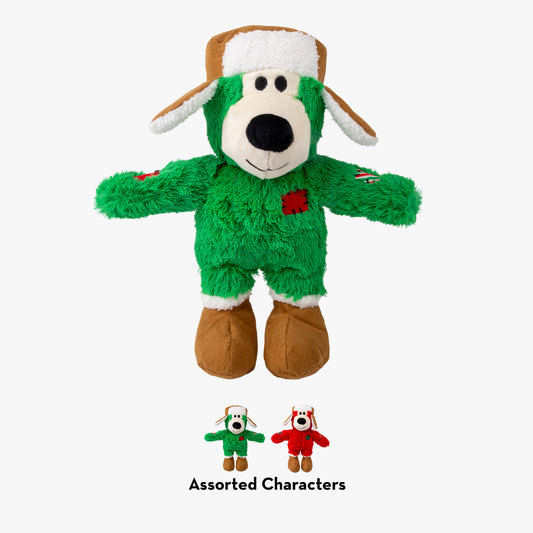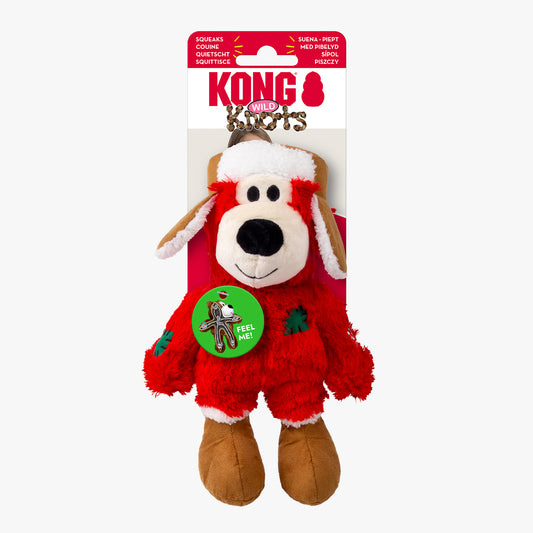Traveling with feline companions can be a rewarding experience, yet ensuring their comfort during long-distance car journeys poses a significant challenge for pet owners. Whether embarking on a road trip or relocating cross country, proper preparation and the right equipment, notably a reliable cat car carrier or crate, are essential for a smooth and stress-free journey.
Selecting the Ideal Cat Carrier for Car Travel
Choosing the right cat carrier for car travel lays the foundation for a successful trip. Opt for a carrier that's spacious enough for your cat to stand, turn around, and lie down comfortably. Consider the following features:
- Size Matters: For extended journeys, a spacious carrier is crucial. Look for carriers specifically designed for car travel that offer ample room without being too bulky for your vehicle.
- Airflow: Ensure the carrier has proper ventilation to keep your cat comfortable.
- Clear View: Cats are often reassured by being able to see their surroundings. Look for carriers with transparent walls or ample windows.
- Safety Features: Opt for carriers with reliable locking systems to prevent any accidental openings during transit. You'll also want to make sure it's a durable carrier with a solid build to ensure the safety of your cat during the journey.
Our Favourite Cat Carriers For Car Travel

- Catit Cabrio Cat Carrier - This is one of our most popular cat carriers and it’s easy to see why. It fastens into the car using the seatbelt making it perfect for car journeys, it also has a 360° accessible design plus removable bowls for food and water provide convenience and comfort.
- Trixie Easy Soft Travel Carrier - If you’re looking for more space for your cat then why not try the Trixie Easy Soft Travel Carrier, it comes in 3 sizes so you’ll be able to find the perfect size for your favourite feline. The base mat inside is made from the softest sherpa which is perfect for snuggling on, there’s also mesh sides for ventilation and there are easy carry handles making it perfect for travel
- Mobile Dog Gear Pet Carrier Plus - Although designed for dogs this pet carrier is also perfect for travelling with your cat, it fastens into the car with the seatbelt so is great for car trips. It also has a tether inside which is great if your cat wears a harness as it will keep them nice and secure. The bag has a handy shoulder strap so is easy to carry if you’ve got any walking to do on your journey.
Preparing Your Cat for Car Travel
- Gradual Acclimatisation: Introduce the carrier to your cat gradually by placing treats or their favourite toys inside. Encourage them to explore and associate the carrier with positive experiences.
- Trial Runs: Before the long journey, take short drives to help your cat get accustomed to the motion and sounds of the car.
- Familiar Comforts: Line the carrier with your cat’s bedding and include items that carry familiar scents from home to provide comfort during the journey.
Tips for Long-Distance Travel with Cats

- Plan Regular Breaks: Schedule breaks every few hours to allow your cat to stretch, use the litter tray, and have some water.
- Hydration and Feeding: Offer water at regular intervals to keep them hydrated. Offer a light meal a few hours before the journey to reduce the chances of motion sickness.
- Safety Measures: Place the carrier on a stable surface within the car, preferably secured with a seat belt to prevent excessive movement during travel.
- Natural Calming Aids: Consider using pheromone sprays or natural calming aids to help keep your cat relaxed during the journey. We love the Beaphar cat calming range, it comes in spot-ons, plug-in diffusers and sprays so there’s lots of options to suit your cat. The calming medications promote feelings of reassurance and well-being using pheromone technology
Traveling long distances with cats in a car requires thoughtful planning and consideration for your feline friend's comfort and safety. Investing in a suitable cat carrier designed for car travel, coupled with gradual acclimatisation and strategic preparations, can significantly alleviate stress for both you and your cat. With patience, preparation, and the right equipment, traveling with your beloved feline companion can be a rewarding and enjoyable experience for both of you.


